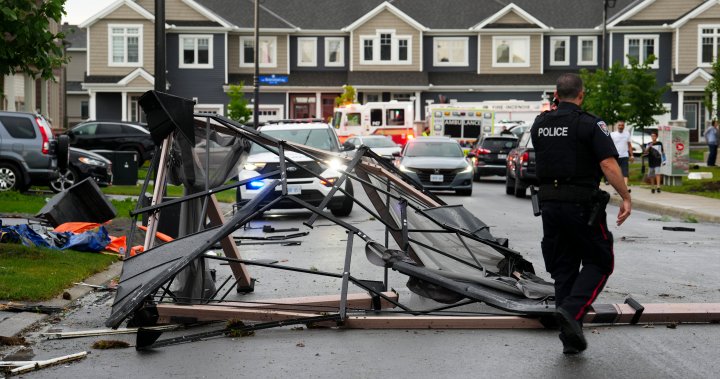A new study from Statistics Canada reveals that natural disasters in Canada, such as wildfires, frigid cold, and hurricanes, are costing Canadians and their insurance companies billions of dollars. The study shows that insurance companies have seen a significant increase in catastrophic claims since 2009, with an average annual expenditure of almost $2 billion. Recent events like hurricanes, floods, and wildfires have caused this number to rise even further, reaching $3.4 billion in 2022 and $3.1 billion last year. As a result, insurance premiums are on the rise to reflect the increasing number of claims and payouts.
With the rise in claims, insurers are facing more risk, leading to increased reinsurance rates. Reinsurance acts as insurance for the insurance companies, allowing them to mitigate some of the risk. However, as disasters continue to occur, managing these risks has become more costly for insurers. Consumers are feeling the impact of these rising costs through higher insurance premiums, with the homeowners’ insurance Consumer Price Index outpacing all-items inflation since 2020. Insurers are passing on the costs of natural disaster losses to consumers through increased premiums.
The study also highlights the rising costs associated with replacement materials, such as lumber, during this period. This coupled effect has made it more expensive for reinsurers, insurers, and consumers to manage risks. To reduce the risk to homeowners, actions can be taken such as moving combustible materials away from homes to prevent wildfires. Other preventative measures include cleaning out rain gutters and having a sump pump in the home to limit the risk of residential basement flooding.
Blair Feltmate from the Intact Centre on Climate Adaptation emphasizes the importance of taking precautions to protect homes from extreme weather events, as they are likely to increase in severity in the future. He recommends that Canadians stay informed about their insurance coverage to make smart decisions about reducing risk to their property. Feltmate also suggests that communities and homes need to be better protected from flooding, wildfires, and extreme heat. Taking proactive measures now can help mitigate the impact of future disasters.
According to University of Calgary risk management professor Anne Kleffner, the increase in insurance premiums is directly related to insurers paying more for natural disaster losses. She points out that being informed about insurance coverage can help individuals make informed decisions to reduce their risk. Kleffner suggests that Canadians should take steps to protect their homes and communities from the impacts of extreme weather events. By being proactive and prepared, Canadians can better manage the risks associated with natural disasters and potentially reduce the financial impact of future events.


